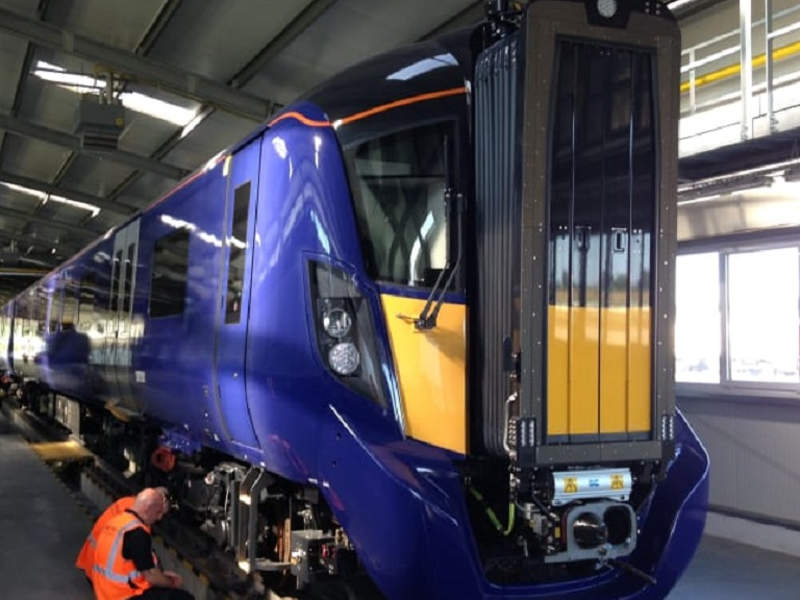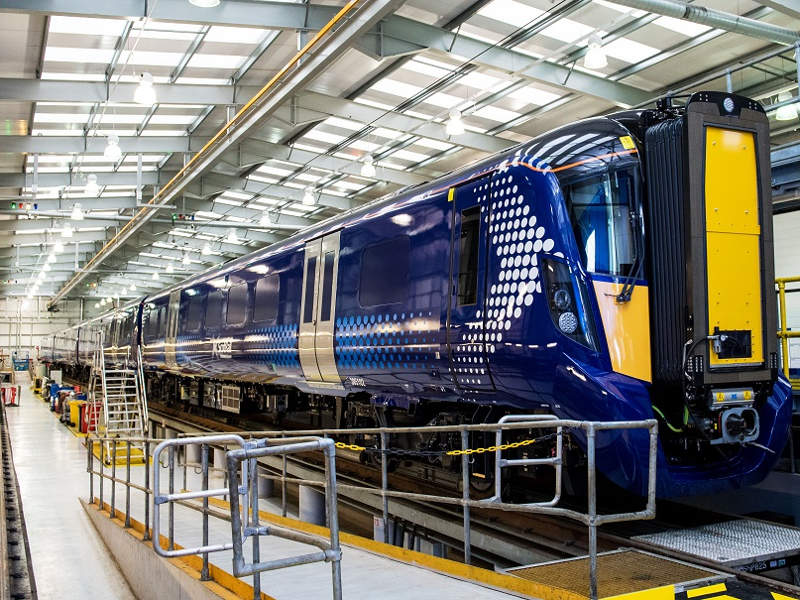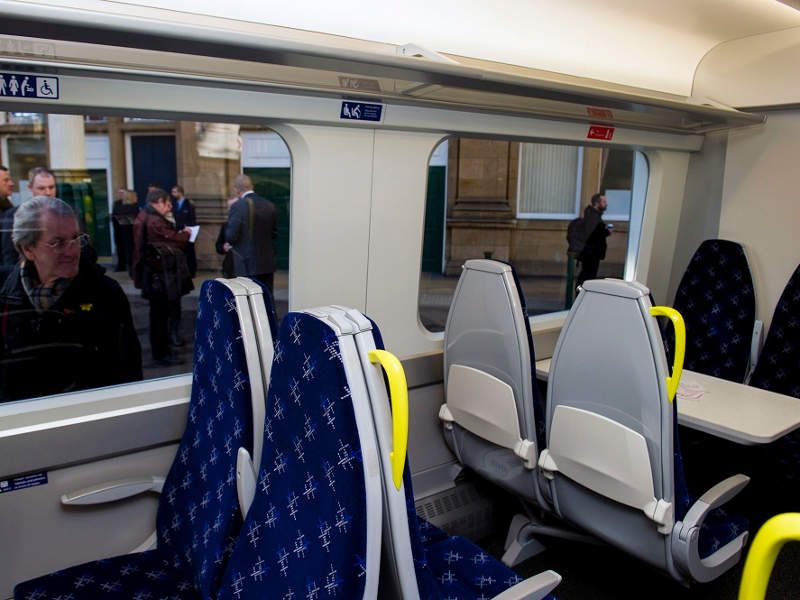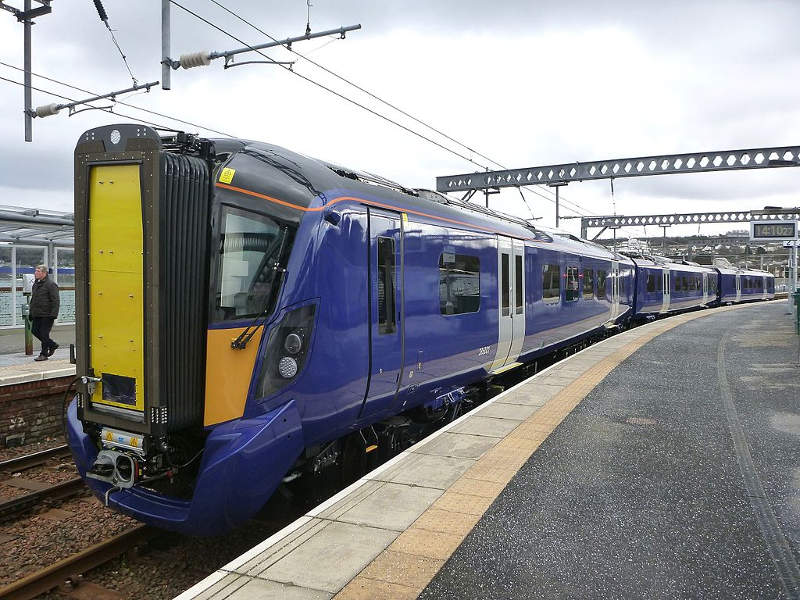The Class 385 electric multiple unit (EMU) trains are being built by Hitachi Rail Europe for operations on the Edinburgh-Glasgow and Stirling-Alloa-Dunblane lines in the UK. The trains are expected to enter service in late-2017.
In March 2015, Hitachi Rail Europe was awarded a contract by ScotRail franchise Abellio for the supply and maintenance of 70 new trains. The contract also includes a provision for the maintenance of the trains at depots in Edinburgh for ten years. The EMUs are being funded by Caledonian Rail Leasing and will be owned by the Scottish Government and Transport Scotland following the first 25 years of operation.
The first six units will be rolled out from the Hitachi’s facility in Kasado, Japan. In September 2015, Hitachi Rail Europe inaugurated a new manufacturing facility in Newton Aycliffe, England, for the production of the remaining 64 train sets.
The first train set was unveiled by the ScotRail Alliance in December 2016. The first new Class 385 train successfully completed a trail run on the 1,435mm standard gauge line between Edinburgh and Linlithgow on 18 October 2017.
Delivery of the trains is scheduled for completion by 2019.
Class 385 electric multiple unit design and features
Based on the AT-200, the Class 385 features a crashworthy structure made of aluminium alloy and train bodies built using the friction stir welding technique. The sides, roof and floor of the cars are formed by a double-skin structure integrating thin-wall extrusions.
The design complies with the latest European standards, while the forward section of the train allows for movement between cars. The reduced weight improves the acceleration of the train, resulting in shorter journey times for passengers.
Each train set can be configured with up to four cars, while a 12-car configuration for commercial operation can be created by linking the train sets together. The forward and rear railcars will feature an automatic coupler at the front and walkthrough gangway hoods, which can be joined together through automatic coupling.
The trains are fitted with the plug door system and larger windows. The design requires less space as the sliding doors open outwards. The Class 385 was designed in compliance with the UK railway standards including the Technical Specifications for Interoperability (TSI) and the Railway Group Standards (RGS).
Class 385 EMU interiors
The design and layout of seats, tables, carpets, and entrance partitions was selected according to the specifications of the train operating company (TOC) and rolling stock operating company (ROSCO).
Each passenger cabin will feature first class and standard class compartments. The structure, layout and interiors are designed with an emphasis on people with disabilities. DCA Design International is the designer of the passenger car interiors.
The trains will feature bright and modern interiors, air-conditioning, power sockets, free Wi-Fi, luggage storage space, and accessible toilets.
A Class 385 three-car train set will offer seating for 190 passengers in standard class, while a four-car set will accommodate 20 passengers in first class and 237 passengers in standard class.
Propulsion and power
The Class 385 will be rolled out in four-car and three-car configurations. The 2M2T configuration of four-car train set includes two motor cars (2M) and two trailer cars (2T). The three-car train set contains 1.5M1.5T cars. The configuration splits the traction unit into two drive systems, avoiding the need for two traction motors and a traction unit drive system, thereby reducing the weight of a three-car train set by approximately 1.5t.
The traction system of the Class 385 is equipped with insulated-gate bipolar transistor (IGBT) converter/inverter and 250kW tandem traction motor. The train receives electric power from 25kV alternating current (AC) electrification system.
The traction system will provide a maximum operating speed of 161km/h. Each bogie is independently controlled by electrically actuated pneumatic brakes.





